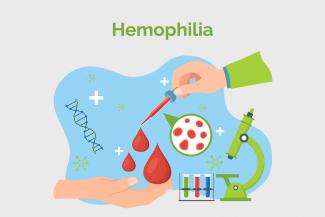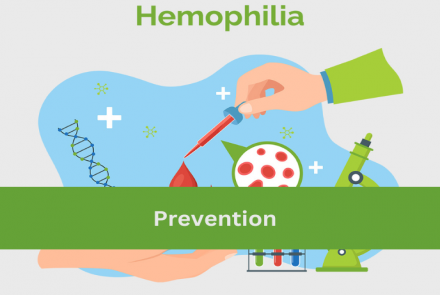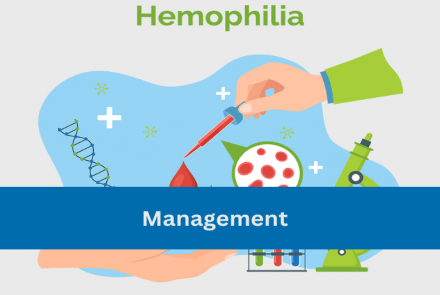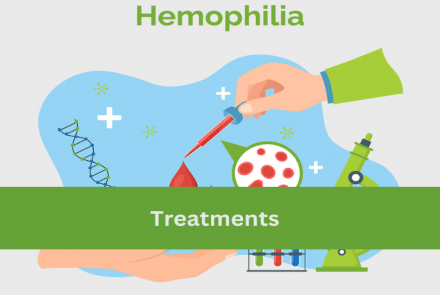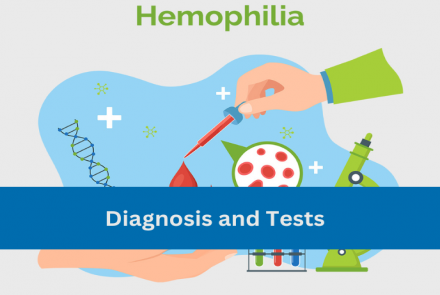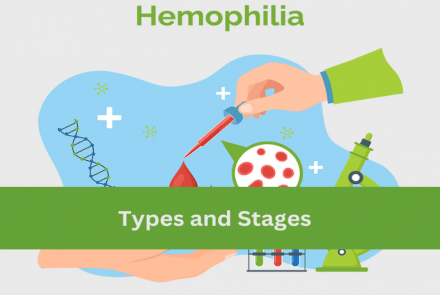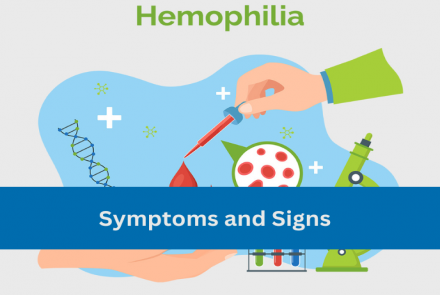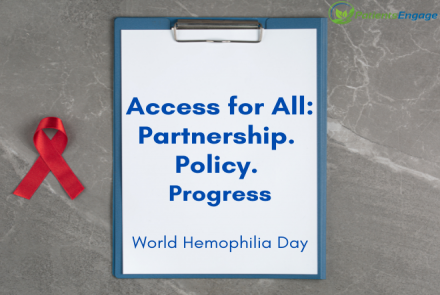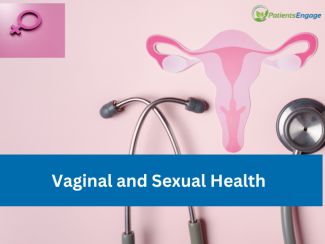Hemophilia or Haemophilia is a rare genetic blood disorder in which blood does not clot properly. It affects males more but there are females who also have hemophilia. It affects 1 in 5000 male births. Since it is an inherited condition, the best way to prevent this condition is to ensure that those with history of hemophilia go through pre-conception screening.
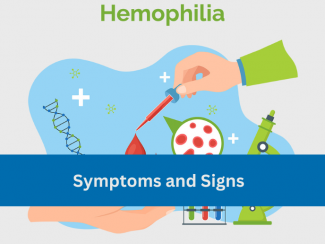
Symptoms of Hemophilia depend on the severity of the condition. Early detection is very important, as internal bleeding can be dangerous. Symptoms and signs of hemophilia include:
- Prolonged bleeding – Excessive bleeding can occur after injuries, surgeries, or dental procedures. It happens because of the absence of clotting factors required to stop bleeding.
- Fatigue and weakness – Chronic bleeding can lead to anemia, resulting in fatigue and weakness.
- Easy bruising – Large bruises can be developed easily and for no reason.
- Spontaneous joint bleeding – Bleeding into joints, like knees, elbows and ankles are common. It can result in joint pain, swelling and internal damage if not treated on time. The joint may feel hot and ache when bent. If left untreated, it can cause chronic discomfort, irritation and dull pain.
- Muscle Hematomas – When blood leaks into muscles, it causes swelling and pain. It can compress surrounding structures and nerves.
- Bleeding from the nose – Some patients may experience nose bleeding due to deficiency of clotting factors.
- Blood in urine or stool – Internal bleeding can be observed in urine or stool.
- Large or deep wounds – Severe bleeding can occur in case of small cut or minor injury for Hemophilia patient.
Changed
05/May/2024
Community
Condition

